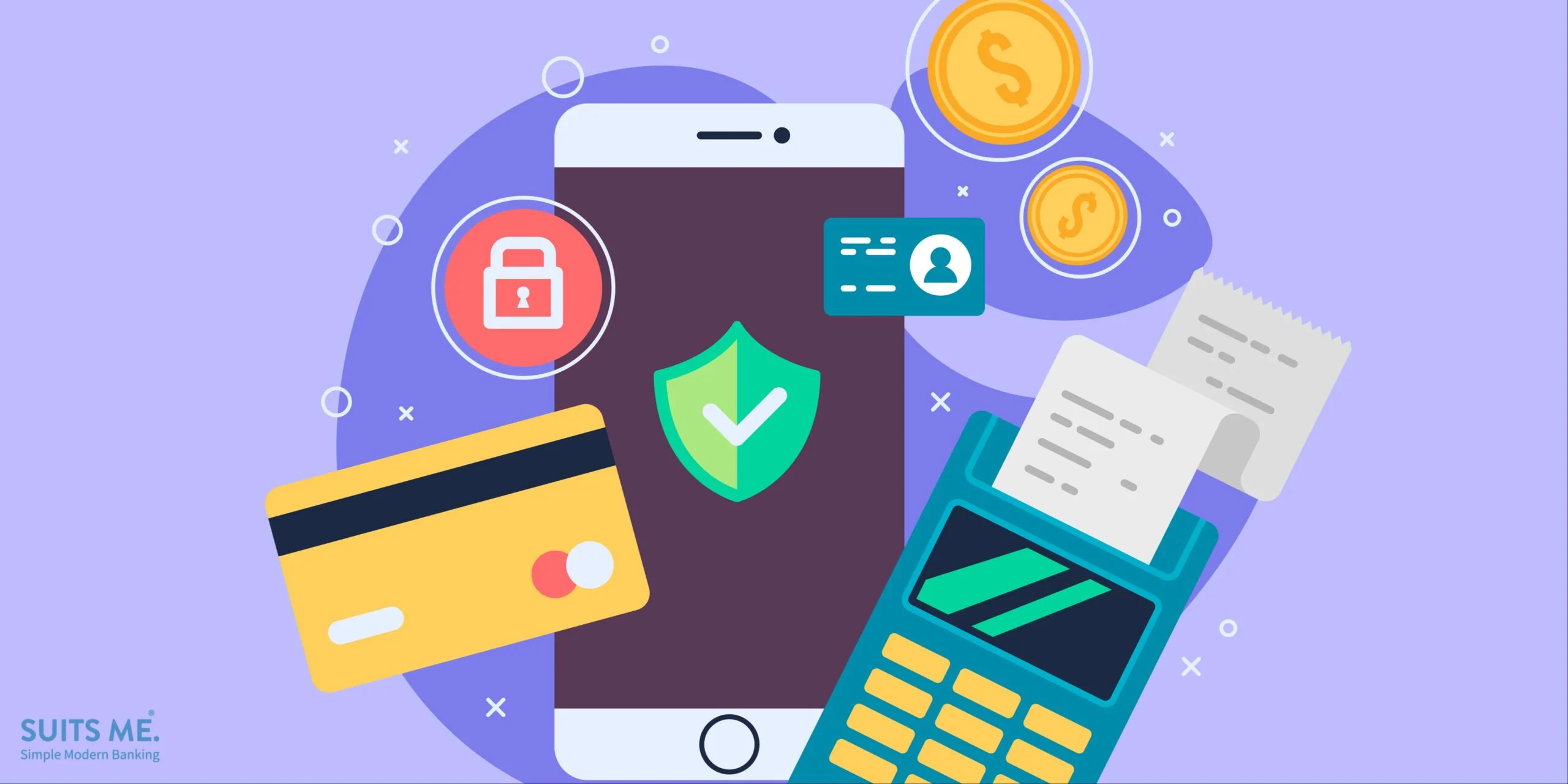The right virtual terminal payment gateway can offer merchants a secure solution for accepting credit cards and ACH payments online or by phone/email. It offers a range of features including tokenization and encryption to protect customer data and minimize PCI scope and liability.
A virtual terminal is a convenient and efficient way for businesses to take card payments. It can be especially useful for companies that provide services over the phone or by mail, such as professional service providers like accountants and doctors.
Easy to use
Virtual terminal payments are easy to use for businesses that sell products or services online or over the phone. They allow you to key in the card data yourself or let the customer enter it using IVR, and then simply click a button to submit the transaction.
The virtual terminal will then send the data to an integrated payment gateway for processing. To protect the customers’ information and ensure a secure transaction, virtual terminals should use end-to-end encryption and other security features during transmission.
Virtual terminals are also necessary for professional services such as accountants, doctors, and lawyers who see clients in their office but also take phone calls to accept payment for medical bills, tax preparation, or legal services. They can use a virtual terminal to set up recurring payments for these types of services to increase cash flow and reduce accounts receivable. They can also be used by small businesses that don’t have the resources or budget to invest in a physical point of sale (POS) system.
Fast payments
A virtual terminal allows you to process credit card payments online without having to use a physical point-of-sale (POS) terminal or e-commerce platform. You can log into the payment gateway using any computer or smart device with an internet connection.
You can hand-key in a customer’s credit card information or enter it automatically by scanning their card with a compatible card reader. Then, the system will send this information to the payment processor for authorization. The processor will verify the cardholder’s name, card number, expiration date, CVV code, and billing address.
Once the transaction is authorized, the merchant can email a receipt to the customer. Many virtual terminal solutions also allow you to set up recurring payments, which saves merchant time and offers convenience and flexibility to customers. In addition, these solutions can integrate with your accounting software and help you manage cash flow and customer retention. Recurring payments also help you reduce costly manual errors that can occur during data entry.
Recurring payments
For non-in-person transactions such as over the phone or mail orders, virtual terminal credit card processing lets you process payments in seconds. The processor sends the transaction details to the issuing bank for verification, ensuring that the card belongs to the customer and that funds are available. The transaction is completed within seconds, and the customer receives an email or text (if they opted for this feature) with their receipt.
For business services such as accountants, doctors, and attorneys who bill clients over the phone or internet, virtual terminals can simplify the payment process for both parties. They enable recurring automatic payments to eliminate the need for clients to call to dispatch checks or provide their payment information over the phone. They also have a credit card vault that encrypts and stores customers’ card data, which can be keyed in online, eliminating the need for the merchant to manually process the transaction each time. This reduces risk and saves the merchant money on processing fees.
Security
Virtual terminals offer a high standard of security, as they prioritize data encryption and adhere to PCI (Payment Card Industry) standards. They also use fraud detection tools and follow good practices for preventing data breaches.
In addition, virtual terminals provide the option of recurring payments and refunds for service-based businesses. They are also convenient for e-commerce transactions, as they allow customers to pay online or by phone.
Virtual terminals process transactions through a payment gateway, which captures and encrypts the payment information. It then sends the data to the credit-card issuing bank, which reviews and approves or declines it. The transaction is then settled and the funds move from your merchant account to your business’s bank account. Virtual terminals also offer a variety of reporting capabilities, including individual transaction reports and sales reports by date or card type. They can also store customer information in a database for future purchases. This can help improve the customer experience and increase repeat business.

